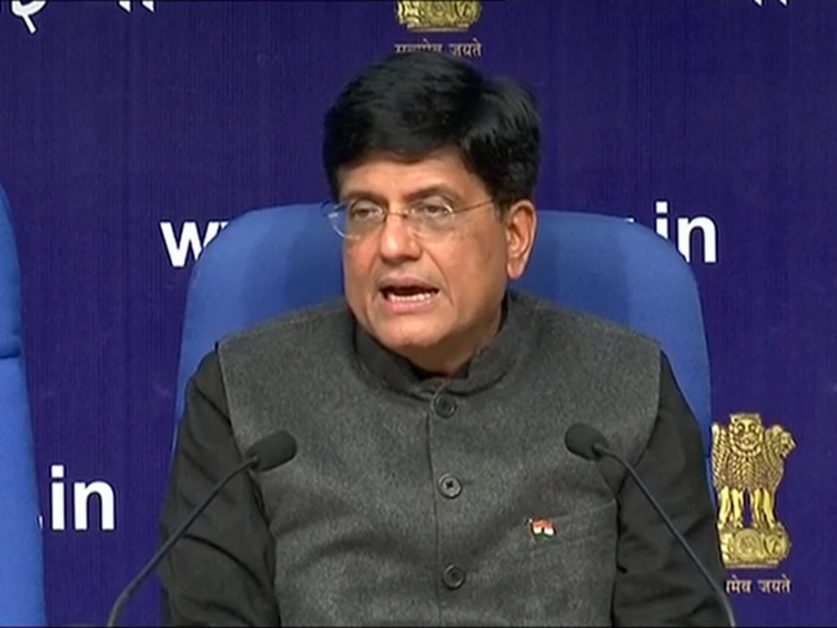September 9, 2020: The Indian Railways is making ‘serious efforts’ to increase its modal share of freight to 40%, Railway minister Piyush Goyal said on Tuesday.
“We are making a serious effort to bring back freight share, so that we are self-sufficient in our finances also,” Goyal said at the CII Rail Connect on Tuesday.
“ We are also trying to bring passengers back to railways,” he added.
Goyal said that the railways is proactively approaching consumers for increasing its freight revenues. “People are telling me it’s a shock when we get a call from the railways…otherwise earlier people had to approach railways and plead for a rake,” Goyal said.
The freight loading of the Indian Railways in the month of August 2020 was 104% of August 2019, Goyal said.
Freight revenue in the month of August ‘20 at Rs 9043.48 crore, while that in July this year was Rs 8,969.58 crore in July, compared to Rs 8,829.69 crore in June.
In the first six days of September, freight loading was 19.19 million tonnes (MT) up 10.41% on-year, Goyal said.
The Indian Railways capex has grown four to five times since 2014-15, Goyal said, and all these funds have been used to enhance the infrastructure of the national transporter.
The railway ministry has already spent around Rs 48,000 crore to Rs 50,000 crore, of the over Rs 1.5 lakh crore capex for FY 21, Goyal said.
“We need to try and leverage public private partnership to make the overall effort to invest over half a trillion dollars in making the Indian Railways truly world class, safe to travel with, comfortable and efficient,” Goyal said.
“We are trying to create a new railways…to make railways the preferred mode of transport and take the modal share to more than 35% or up to 40%. Bring down logistics cost of a company as a whole,” Goyal said.
With revenue from the passenger segment coming down due to the stringent lockdown, the Indian Railways has been working aggressively to improve its freight revenue. The ministry is offering discounts between 5% to 50% to attract wider share of freight.
Source: The Economic Times






